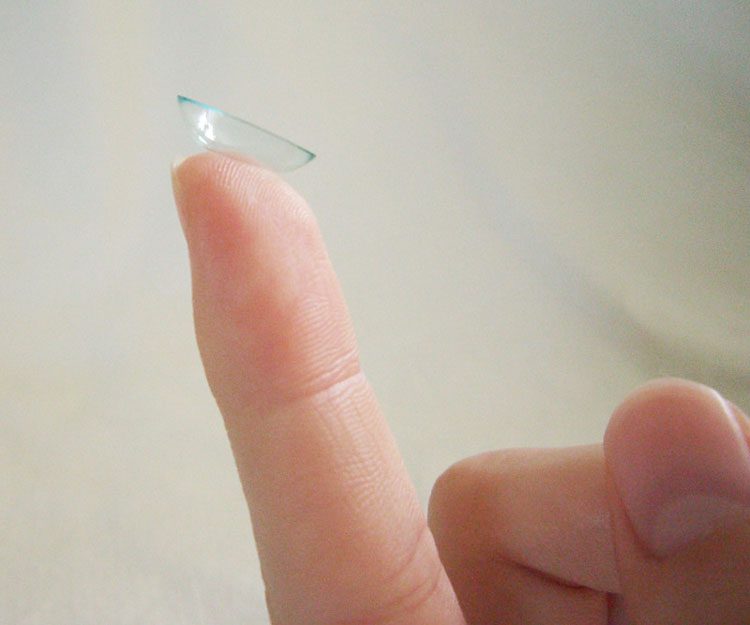Tips on Protecting Eyes from Injury, Infection
According to the Centers for Disease Control and Prevention, approximately 41 million Americans wear contact lenses. However, data from a recent Morbidity and Mortality Weekly Report shows that of contact lens-related corneal infections reported to the U.S. Food and Drug Administration (FDA), close to 20 percent of patients had “a central corneal scar, a decrease in visual acuity, or required a corneal transplant following the event.” In addition, more than 25 percent of the infections were accompanied by “modifiable factors, including sleeping in contact lenses or poor contact lens hygiene.”
Prevent Blindness has recently declared October as Contact Lens Safety Awareness Month in an effort to educate the public on the best ways to obtain, care for and use contact lenses. The non-profit group has a dedicated webpage with free information at: http://www.preventblindness.org/wearing-contact-lenses.
Contact lens sales are regulated by both the FDA and the Federal Trade Commission (FTC). Prevent Blindness reminds the public that it is illegal for anyone to sell contact lenses without a prescription. Even if the lenses are cosmetic or non-correcting, they are still classified as medical devices.
Prevent Blindness recommends the following tips for contact lens care:
-
- The best way to help avoid eye injuries and infections is to follow the instructions as prescribed by an eye care professional.
-
- Before handling contact lenses, wash hands with soap and water, then rinse and dry them with a lint-free towel.
-
- Minimize contact with water, including removing lenses before going swimming or in a hot tub.
-
- Never sleep in contact lenses unless prescribed by an eye doctor.
-
- Contact lenses should not be rinsed with or stored in water (tap or sterile water).
-
- Wear and replace contact lenses according to the schedule prescribed by an eye care professional.
-
- During cleaning, using fresh solution, rub contact lenses with clean fingers, then rinse the lenses with solution before soaking them – even if the solution is a “no-rub” variety.
-
- Contact lens cases should always be cleaned with fresh solution – not water. Then leave the empty case open to air dry.
-
- Keep the contact lens case clean and replace it regularly, at least every three months.
-
- Do not re-use old solution or “top off” the solution in your lens case.
-
- Do not use cracked or damaged lens cases. Lens cases can be a source of contamination and infection.
To help keep Halloween fun and festive, Prevent Blindness also recommends that costume-wearers:
-
- Always wear hypoallergenic or non-toxic make-up. Only adults should apply the make-up to children and remove it with cold cream or eye make-up remover instead of soap.
-
- False eyelashes and costume make-up can also irritate eyes. It’s very important to follow the directions on the product package on how to apply and remove safely.
-
- Never share contact lenses.
-
- Avoid props or accessories that have sharp edges or pointed ends such as pitchforks, spears, knives, swords or wands.
“For many, contact lenses are a safe an effective way to improve vision,” said Hugh R. Parry, president and CEO of Prevent Blindness. “We urge everyone to be cautious when using contact lenses, whether for prescription or cosmetic purposes, and to always follow the instructions of an eye care professional.”
For more information on contact lens or Halloween eye safety, please call 1-800-331-2020.
Download a copy of the Contact Lens Safety Month press release.

